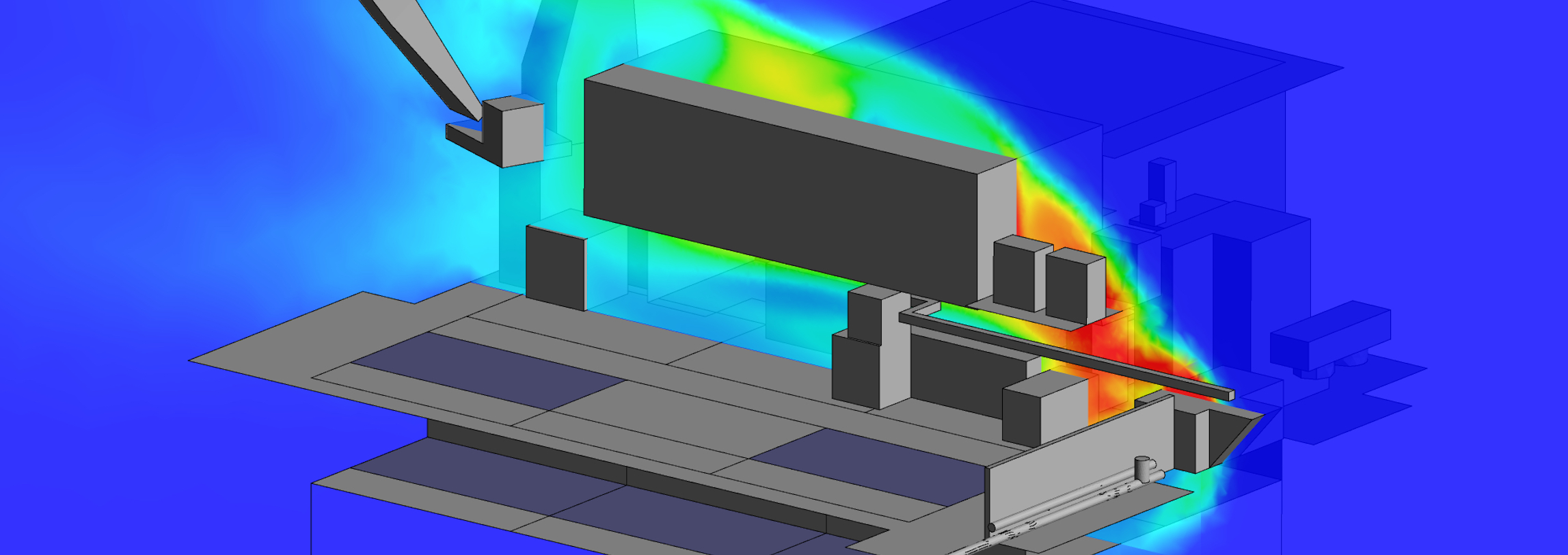Management of Hazardous Areas is required where potentially dangerous concentrations of flammable gas, vapours or combustible dust may accumulate. These areas are susceptible to the risk of fire and explosion when an ignition source is introduced.
Therefore, protective measures must be taken by
- Minimising the chances of release
- Providing adequate ventilation
- Determining the extent of Hazardous Areas
- Preventing the introduction of ignitions sources (electrical or otherwise) to these areas
AMOG has specialist skills and experience in the management of Hazardous Areas, including Hazardous Area Classification (HAC) in accordance with relevant Regulations and Standards, such as the AS/NZS 60079 series of Standards. AMOG staff meet AS/NZS 4761 requirements with appropriately nationally recognised competencies, and we have extensive experience in managing Hazardous Areas in the mining, manufacturing, process, Major Hazard Facilities (MHF) and Defence sectors.
AMOG specialises in complex, non-standard Hazardous Area Classifications employing tools such as gas, vapour and dust dispersion modelling to accurately establish the extent of regions of potentially hazardous atmospheres. AMOG can also undertake ventilation analysis, consequence modelling for dispersion, dilution, fire and explosion modelling. These capabilities, combined with AMOG’s skills and experience in process safety management and risk and safety engineering allow for the tailoring of classifications to the specific situations and the provision of innovative risk management solutions.
AMOG is able to support clients by offering the following services in relation to the management of Hazardous Areas:
- Site Inspections and Field Surveys of Hazardous Areas
- Risk Assessment Workshops
- Development of Classification Plan Drawings
- Hazardous Areas Analyses in Accordance with Current Standards
- Compliance Audits
- Evaluation of Ventilation through Measurement or Modelling
- Advanced Analysis such as Dispersion, Fire and Explosion Modelling
- Quantification of Consequences of such as Structural Susceptibility to Fires and Explosions
- Electrical Equipment in Hazardous Areas (EEHA) Registers and Conformance Inspections

